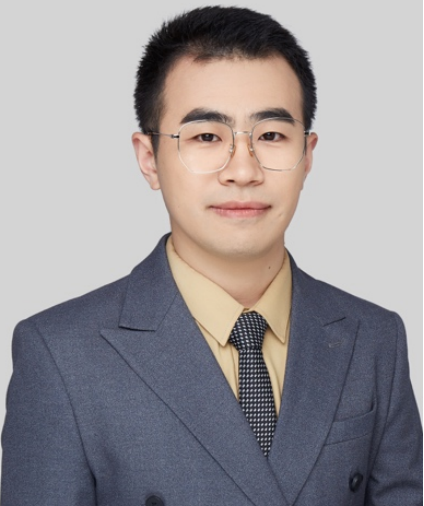The 6th International
Symposium on Thermal-Fluid Dynamics
(ISTFD 2025)


The 6th International
Symposium on Thermal-Fluid Dynamics
(ISTFD 2025)

Dr. Hao CHEN
Beijing Key Laboratory of Heat Transfer and Energy Conversion, College of Mechanical and Energy Engineering, Beijing University of Technology, Beijing 100124, China.
E-mail: chenh@bjut.edu.cn
Bio
Dr. Hao CHEN is an Associate Professor of Beijing University of Technology. His primary research focuses on the thermo-fluidic issues of proton exchange membrane fuel cells under unconventional operating conditions. He has led a National Natural Science Foundation Youth Project. He has published over 50 academic papers, including more than 30 SCI-indexed articles. He also serves as early career editorial board member of Energy Reviews, review editor of Frontiers in Energy Research, member of editorial board of Solar Energy (in Chinese).
Title
Mass transfer and gas-liquid two-phase flow inside proton exchange membrane fuel cell under vibration and low-pressure conditions
Abstract
Proton exchange membrane fuel cells constructed in zero-carbon vehicles, such as automobile and unmanned aerial vehicle, experience vibration and low-pressure conditions, when they operate at unconventional working situations like high-altitude environment. Understanding the two-phase mass transportation, gas-liquid flowing, as well as the heat transferring, which couple with electrochemical reactions, facilitate improving water/heat management strategy. Aiming at enhancing power output of zero-carbon vehicles, investigating characteristics of reactant and product transportations inside the deployed proton change membrane fuel cells can better facilitate make contribution on enhancing the power system operating procedures at harsh operating conditions is an important issue. Thus, the present work implements a numerical model coupling with vibration effect, and conducts a serious of researches on reactants and products transportation behaviors inside proton exchange membrane fuel cells under the effect of vibration and low-pressure situation, where the real-road operating conditions having bumpy and high-altitude effects are simulated. Moreover, experimental work is also implemented to investigate gas-water distribution and flowing principles by a utilizing self-constructed vibration and low-pressure experimental set-up, where the real-road vibration condition and low-pressure having pressure situation lower than a standard atmospheric pressure situation are provided. The results of present work facilitate understanding mass transportation procedures coupling with electrochemical reaction characteristics in side fuel cell based zero-carbon vehicles under unconventional conditions.